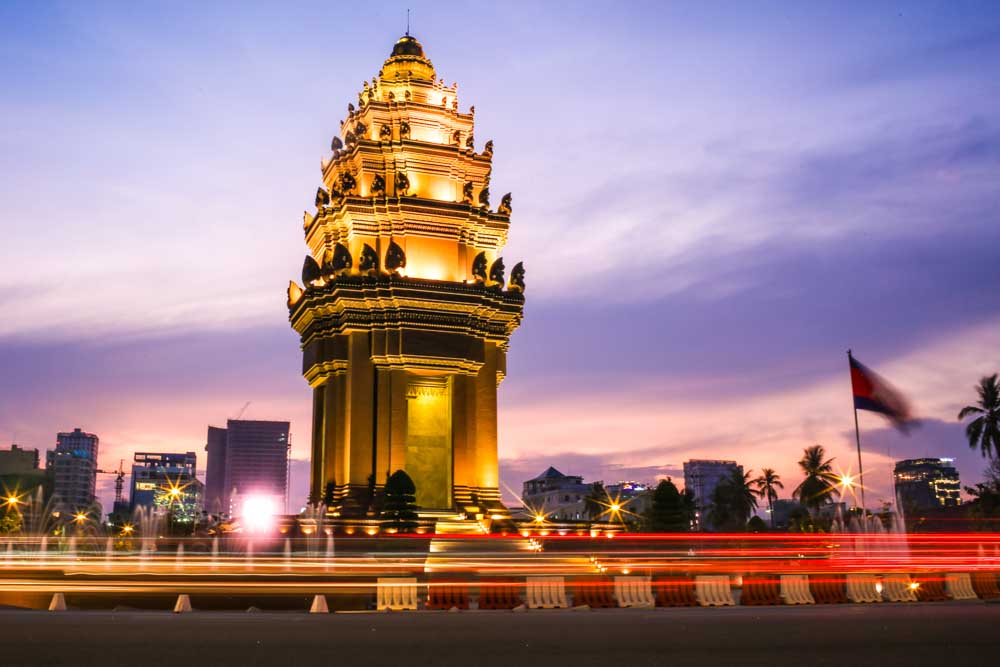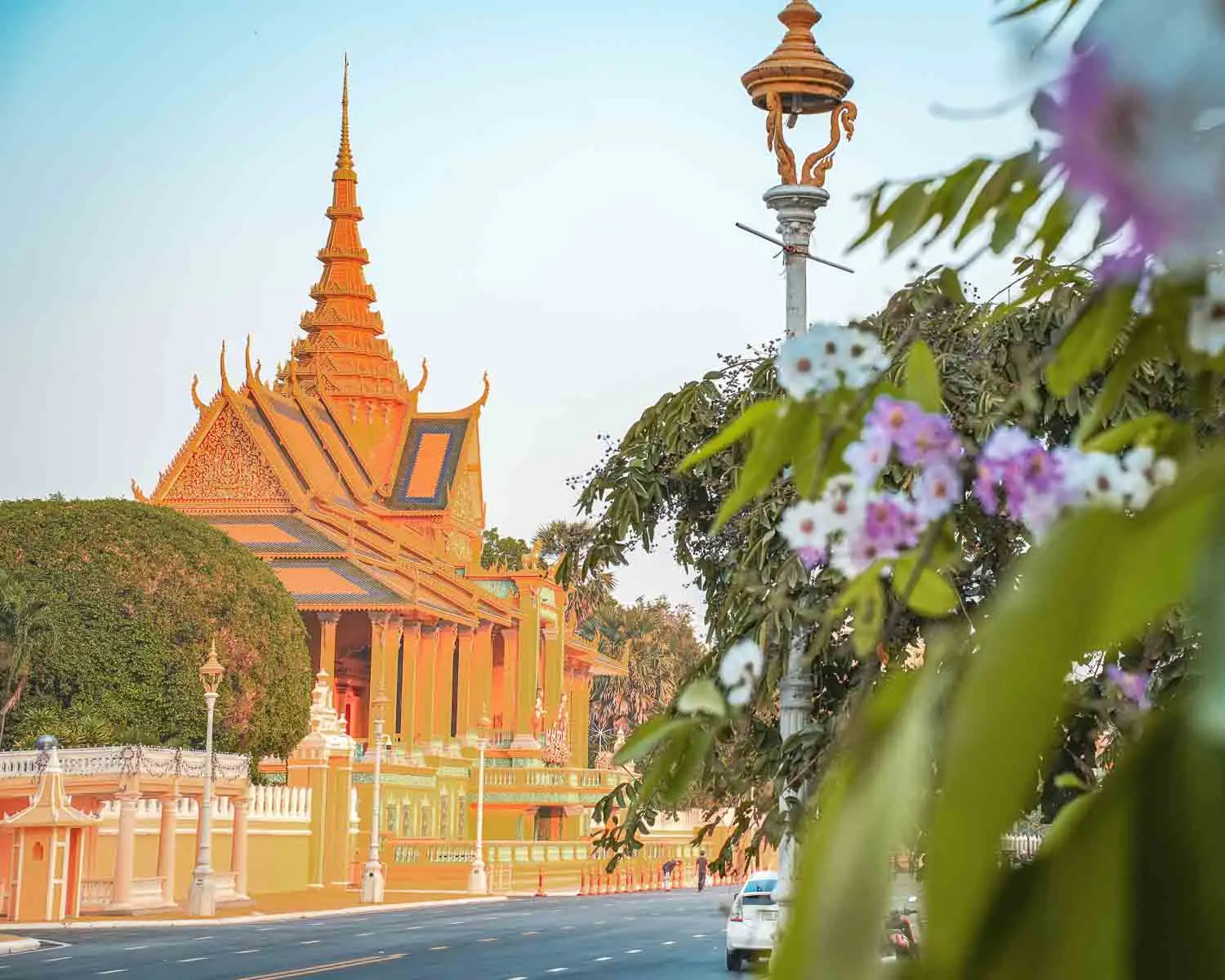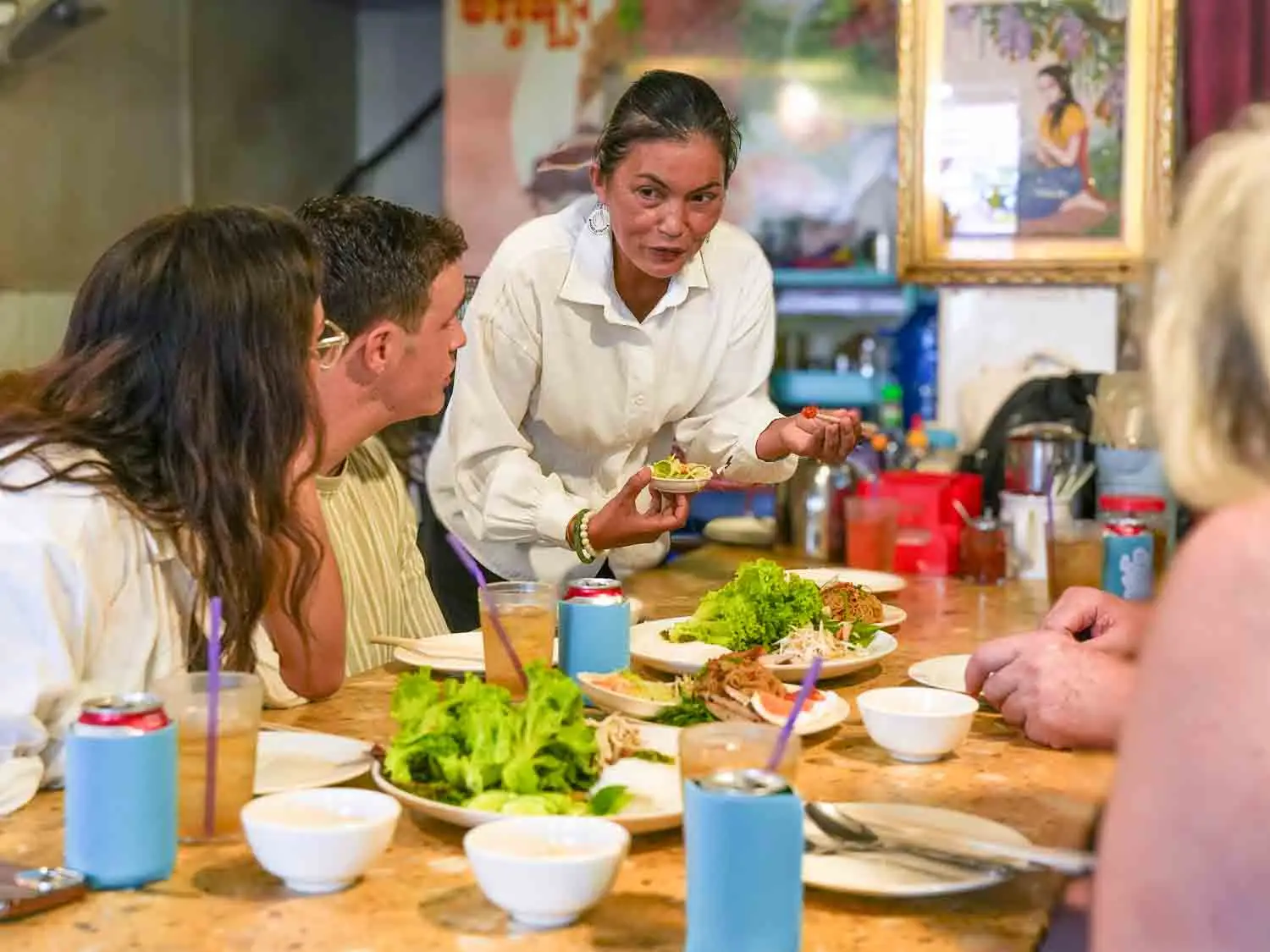
Staying Connected in Cambodia: Data, Apps & Power Tips for Travelers
Whether you’re trying to stay connected, find your way around, or pay like a local, having the right SIM card, apps, and payment setup makes travel in Cambodia so much smoother. From navigating with Google Maps to using cashless payment options and finding Wi-Fi on the go, this guide covers everything you need to stay online, connected, and ready for every adventure in the Kingdom of Wonder. Let’s dive in!



